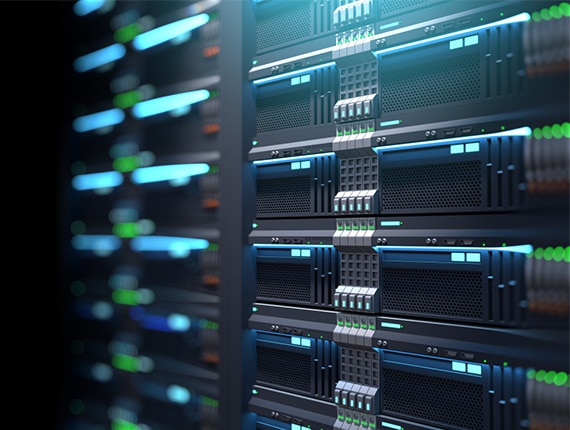Rack server updates data center by providing performance, reliability, and scalability for the primary, mission-critical tasks between businesses.
One of the most practical pieces of IT gear is the rack server, which enables you to store several servers in a compact rack structure. Server modules are kept in mounting slots known as bays, which can typically house one to eight server units. Server racks have a lower profile than tower racks and allow your servers to sit on a shelf, keeping them off the ground. Tower racks are made to be held in cabinets.
Rack servers are helpful because of their adaptability, which enables them to be extended, stacked, and—possibly most significantly—networked. Rack servers update your data center by providing performance, reliability, and scalability for the primary, mission-critical tasks between businesses.

A system board that enables communication between components using data buses.
This is the server memory or random access memory. The more slots you have in your server rack, the more server memory modules you can add, which reduces the chance of latency and helps access data faster.
A central processing unit is what executes instructions.
A host bus adapter for connecting external devices to the server.
Input and output ports, for instance, USC, serial ports, or AUX ports. These ports are generally embedded into the system board.
Help add hard drives (HDDs) or solid-state drives (SSDs) to your server.
This includes a cooling system, cable management units, rails, network security devices, and any other method that supports the server’s function.
The technician slides the server along the rails to add or remove a rackmount server. Keep in mind that larger servers (4U and 5U) will weigh more and require more cooling. Additionally, since all your servers may be stacked horizontally onto one or more racks, they occupy little room in the data center.
The addition of new servers or updates is simple. There is plenty of room to add additional servers or perform upgrades if your activities grow. In addition, your company can maximize uptime by using hot-swappable devices, which you can remove without shutting off the system power.
Every rack server has a network interface, and it is simple to install a network switch within the rack cabinet and link all of the servers to it.
Reach out to us today to talk about how we can turn your software vision into a reality.